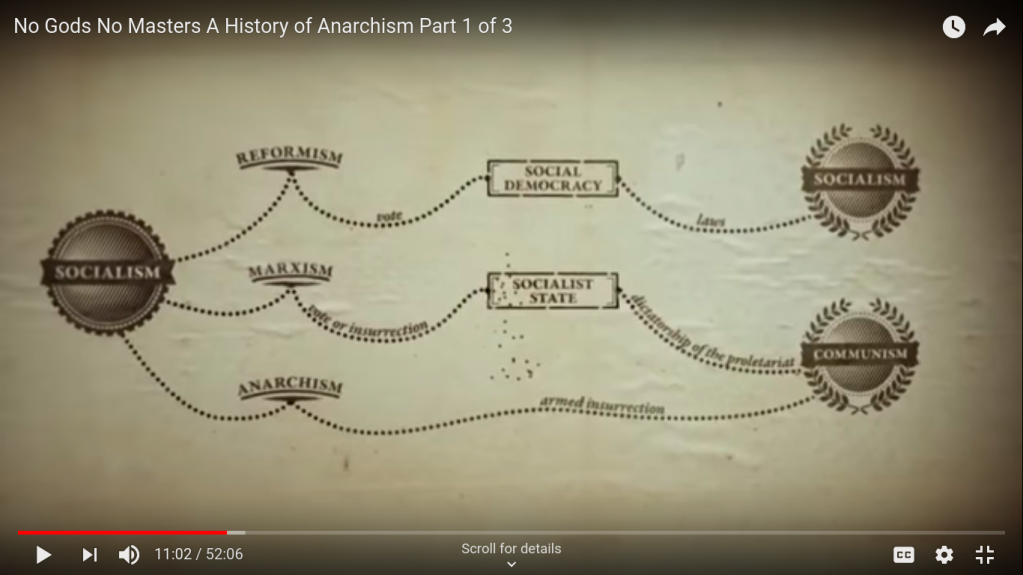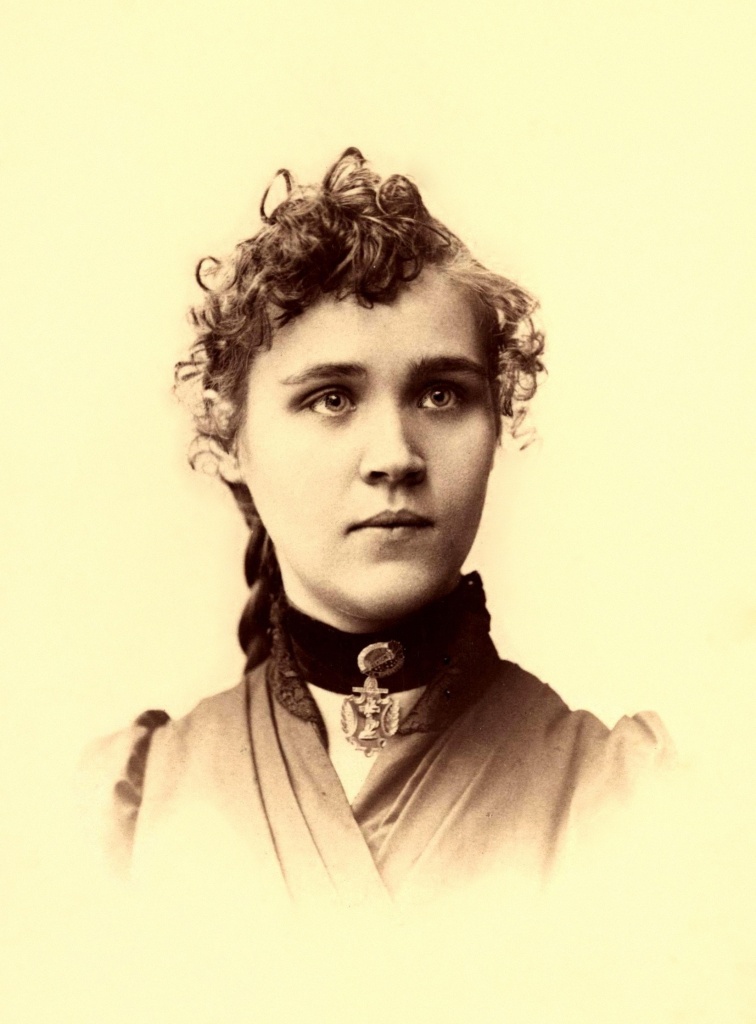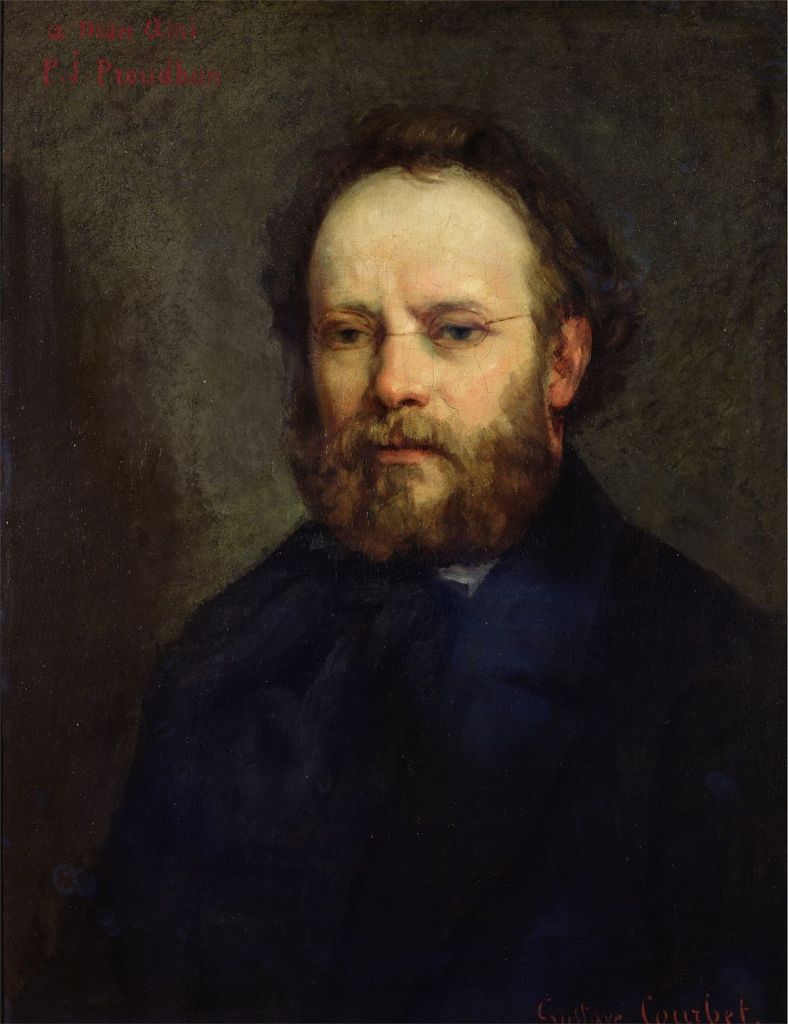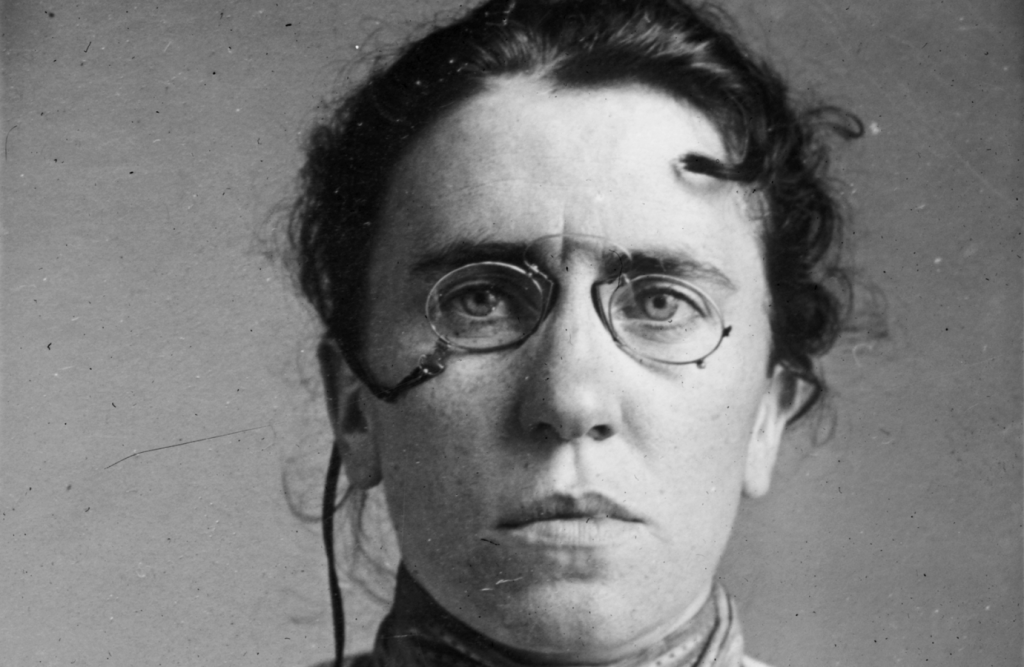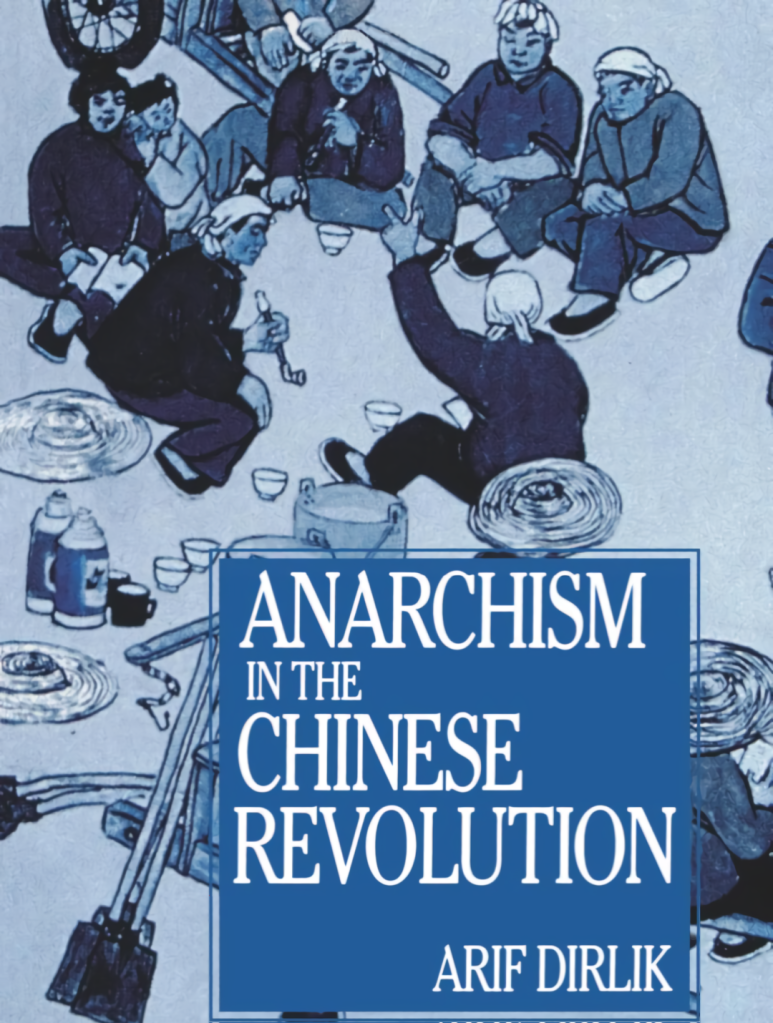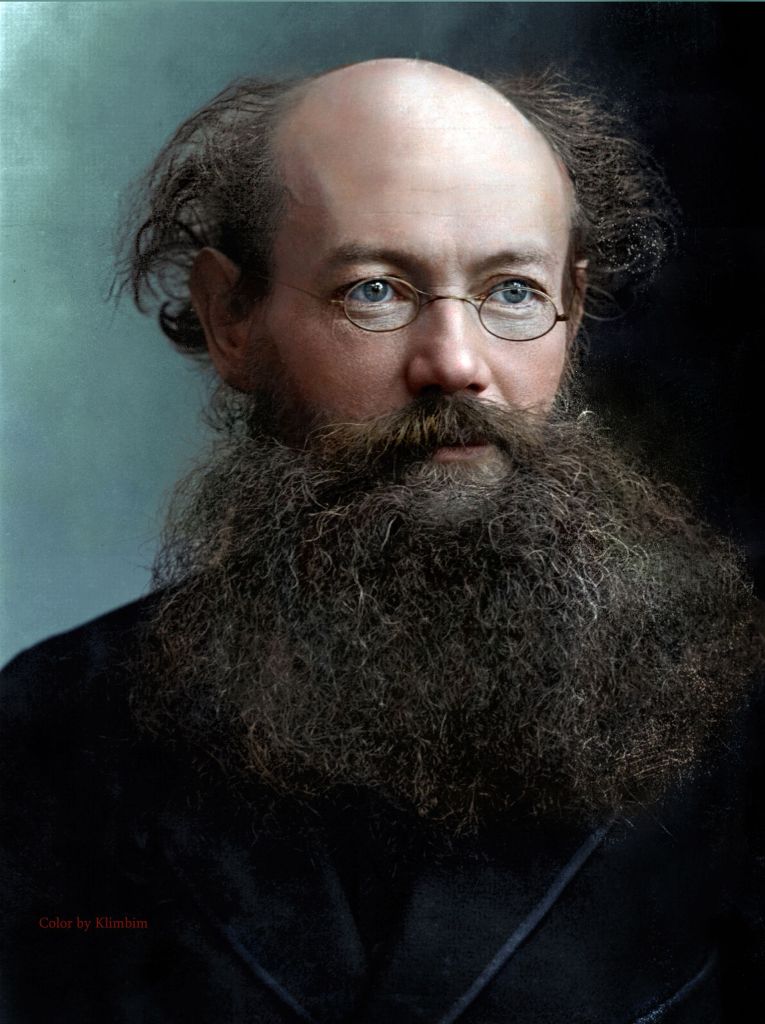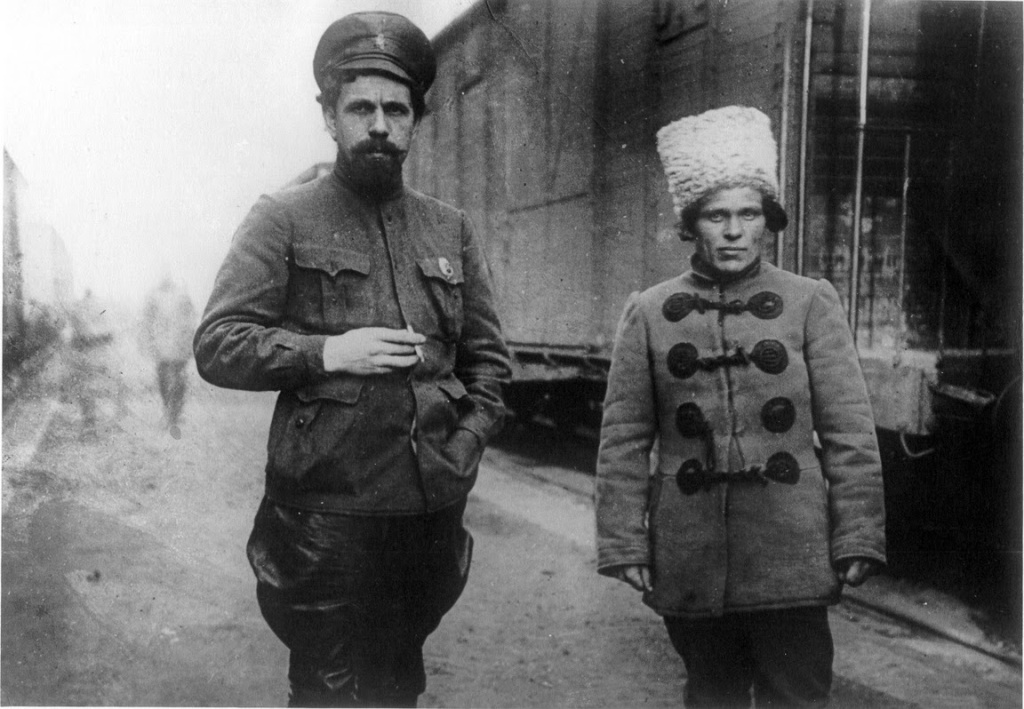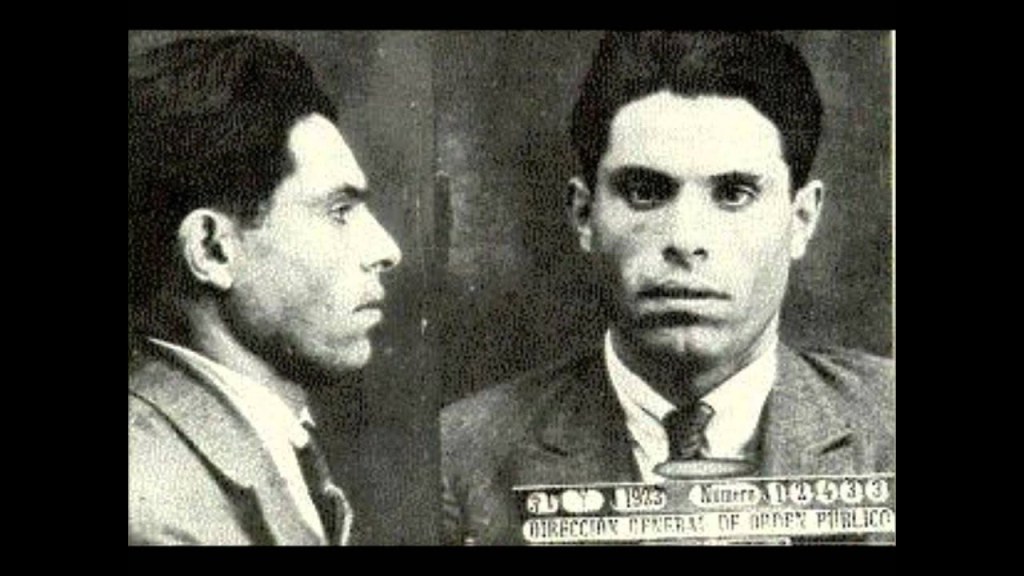Sun Wu Kong or Monkey King is probably and globally the most recognizable character of Chinese animation, legend, folklore. There is tons of movies, animations, gaming, Peking Opera, theme parks based on his exploits. Havoc in Heaven is one of his best and most memorable apparitions -the first Chinese feature length color animation, made by all of the 4 Wan brothers Wan Laiming (1900-1997) considered the Walt Disney of China, his twin brother Wan Guchan (1900-1995), and their younger brother Wan Chaochen (1906-1992) and a team of 30 members. The Wan’s were pioneers of animation, all originally based in Nanjing and then later Shanghai. in 1963, Havoc in Heaven was released practically one year before the Cultural Revolution shut down basically all studio activity in China. It is considered the last major animation of the Second Golden Age of Chinese Cinema. It is pure pleasure for its vivid colors, its Peking Opera hi-hat rhythm, non stop action and Chinese music score. It features incredible depiction of other worldly Chinese realms, peach gardens, clouded landscapes. It was fhe first chinese animation to break with either the Soviet or the early Fleischer or Disney studio models.
The Monkey King is initially both a folkloric as well as literary figure based on a Indian (Hanuman from Ramayana) and Chinese cultural cross-over, the best of the best but one csn go back to even pre Buddhist times. Gibbons were sacred monkeys to the people of the powerful independent states of pre- unification China like the southern Chu state of the Zhou dynasty era. In Buddhist metaphysics, the monkey came to symbolize the uncontrollable and restless mind while retaining the character of the archetypal trickster-an iconoclastic figure, akin to the Raven or Coyote, Br’er Rabbit, Spider Kwaku Anasi – a demiurge integrated and ‘domesticated’ into other ‘newer’, religious systems. In Journey to the West it became the protector spirit of Buddhist tradition, that still retains an indomitable, anarchistic and carnivalesque spirit.
I consider Journey to the West a life changing discovery for me (and many others I am sure) in terms of visual style, tempo & underpinning cultural background. The West is not the West and the East is not the East in its Eurocentric geographical perspective. It felt very important to switch the cardinal signs, the first time a major journey was in the other direction, from East to the West, not the usual Marco Polo story, and what a story or series of adventures!

Secondly the West is not the West, but India. The anonymous 16th c fictional classic relates the much older legendary travels and descriptions by Xuangzang( 玄奘; fl. c. 602 – 664) to the Indian subcontinent, a 17 year long overland pilgrimage of a Buddhist monk from the late Sui and early Tang period in search for the original Buddhist scriptures in order to correct the existing translations. Clearly distances in Asia were something else compared even to the Journey to the Holy Land or their Christian Compostela variants. Historical journey to the famous Buddhist University of Nalanda was itself made into a recent Chinese movie
Monkey King is a sort of embodiment of the masses, of the subjugated other or the iconic symbol of the new Communist China but also a sort of Utopian rebellious King in a state of natural plenty and constant dionysian raving, dancing and drunken celebration. He is an incredible admixture of so called low or alchemical Taoism and esoteric or dirty Buddhism. In particular in this Havoc in Heaven episode he is being enticed and corrupted by dignitaries sent to attracted him into a lowly position, the lower rungs of heavenly ignominious jobs still quite humiliating position, basically just an empty title. At the same time, like a Eastern Prometheus but with much more obscene humor and less heroic Western machismo, he gets drunken after crashing a dinner party he is actually not invited to, and eats the most precious attributes of Heaven: Lao Zi’s immortality pills as well as the peaches of the Heavenly Garden that take hundreds of years to ripen and are destined only for the select few. Just to ponder more at his powers of transformation (he is a changeling and shapeshifter supreme) he is condemned to be incinerated in the 8 trigram furnace (the alchemical laboratory of the immortality pills) at the suggestion of old grumpy Lao Zi, who wants his pills back and hopes to distill them back from the body of the monkey. Well, as suspected by some of you, it does not work. Not only does the Monkey King survive his ordeal, but he is fortified by it, in his hiding place, after smoldering in the crucible he becomes practically indestructible. Neither blade or fire can cut or hurt him any longer. All the banishment and excommunication is being dialectically reversed and instead produces the most incredible enemy the heavenly hierarchy has seen. Ultimately Uproar in Heaven or Havoc in Heaven is an unabashed work of materialism – as the vicissitudes of physical existence and marxism – as suggested by MacKenzie Wark in Molecular Red – the view from below, looking unseduced at the abstractions of power (Alexander Galloway).

Another power of his is multiplication (or cloning if you prefer the more biotech reading). He uses his hairs, and magically blows them into copies of himself that have the same capacities and powers. All the armies and all the generals, all the all mighty creatures of heaven sent to teach him a lesson, find themselves an equal match, not only that, he is able to outwit and teach them a lesson in strategy, the art of being invisible or being gigantic at the same time, or of being humiliated by the unruly, disruptive and the disrespectful. He is a communist hero but maybe more so a satire of tyranny & Maoist Communist Hero, both a paternalist care giving ruler but also a sort of peasant revolutionary that is coming totterms with his agrarian background and somehow riots against the rules of the sky, against the transcendental structures, the abstract hierarchies and titles that seem to dominate over there.

Although would not use lightly the word disruptive as it has been transformed into a Californian Tech Schock Doctrine, the disruption is actually reversed, the monkey is the one that is being interpellated, awoken and brought from the wild into the bureaucracy of the Heavens that is an exact copy of the earthly one. It is a very humorous, satiric take on the state apparatus, advantages & luxuries and especially the meritocratic hierarchy of the learned functionaries aka Scholar-officials, also known as Literati, Scholar-gentlemen or Scholar-bureaucrats (Chinese: 士大夫; pinyin: shì dàfū)- the key class that made the difference between Europe and China and contributed to the economic revolution of the Song dynasty, although a system that was not immune to the abuse of power.

You could also say that Havoc in Heaven is one of the most anti-Confucian animations and pieces of media there is, still it is clearly much more complicated than that. Also there is an crypto-anarchist but also strange counterpart or a foreshadowing of Mao’s return to power, his anti-bureaucratic ‘rustification’ campaigns of technicians and scientists during the Cultural Revolution. In fact many of the makers suffered during the Cultural Revolution during which this animation eas locked away, original drawings destroyed, exiled toto the countrysid. IIt came to be celebrated and rediscovered in the west afterwards and even transformed into a 3D version, although the original has a charm of its own.

In an even more recent take, we may regard Sun Wu Kong as the Migrant Laborer on whose back and precarity the whole of neo Capitalist China is being built. As such he has a big role to play, he is both fooled and fooling as he can, mercilessly exploited he is both victim and touted as essential alchemical element of growth, dreaming of prosperity and an active disturber of the orderly city bourgeois life and business CEO hierarchies.
imdb





